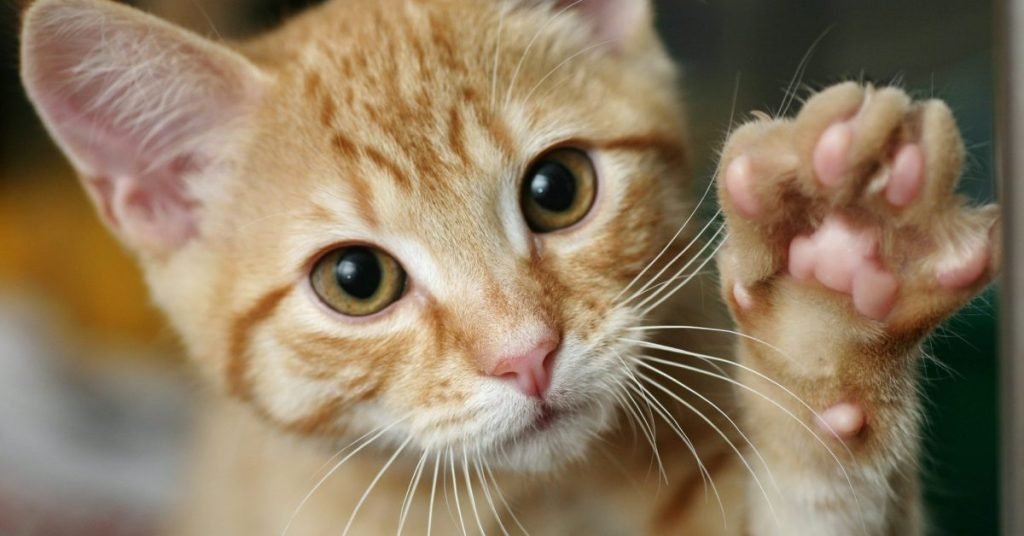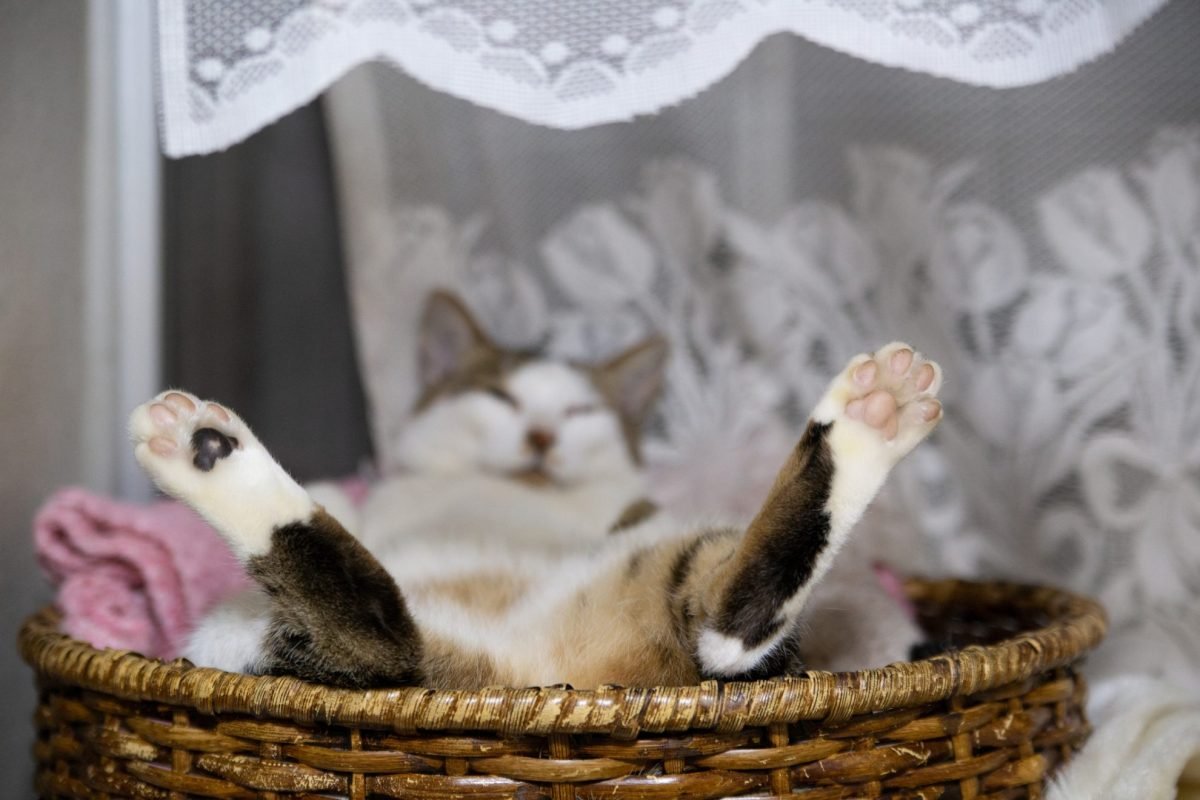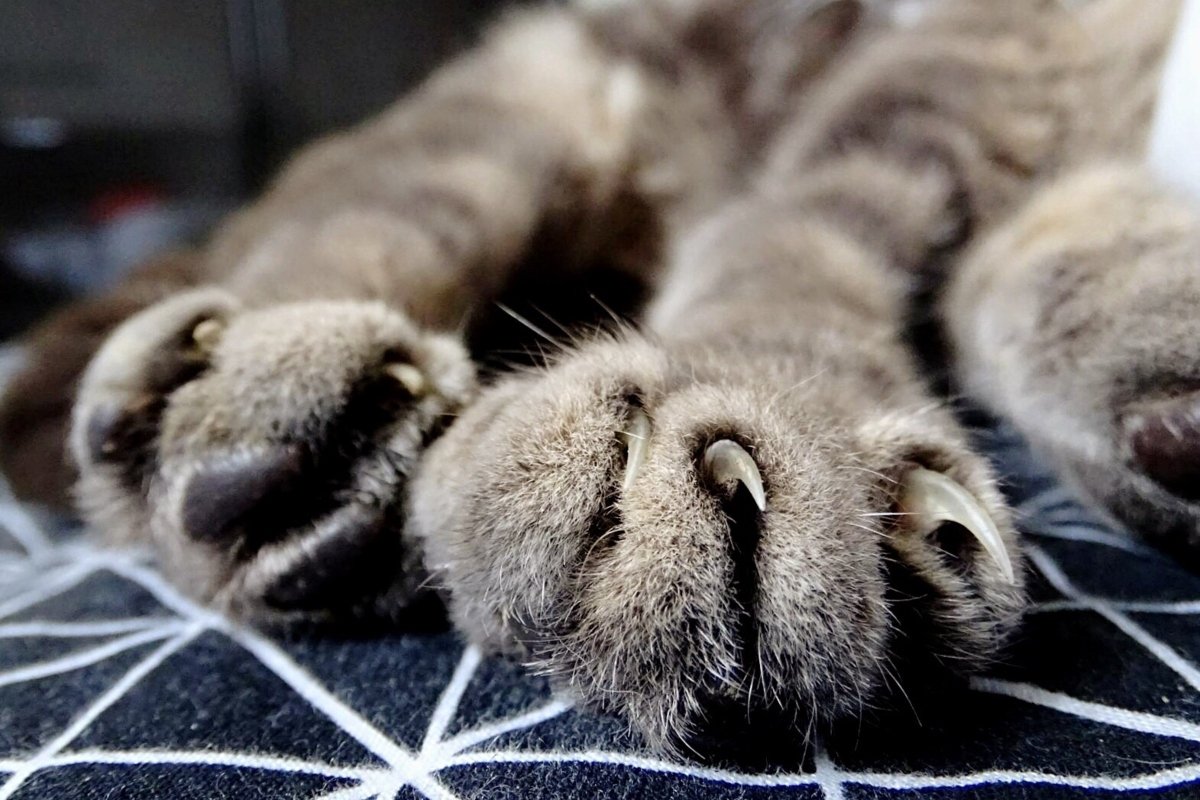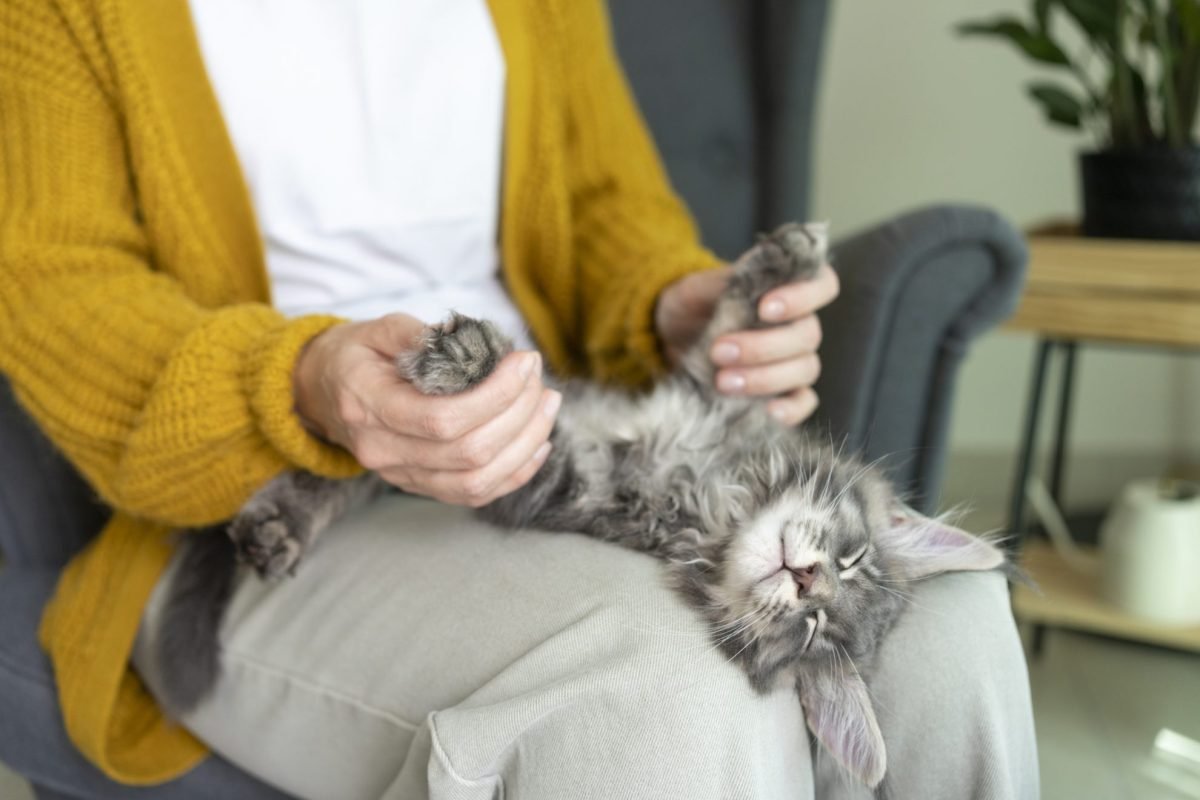Why cats hate when you touch their paws
Published: 2024. 03. 16 • 3 minutes reading

Published: 2024. 03. 16 • 3 minutes reading

Paws are irresistibly cute parts of a cat's body. The soft little cushions and the claws open for kneading are adorable. It's not surprising if you want to touch your cat's paws. Most pets, however, are strongly opposed to this and will pull away as soon as you touch them. We looked into the reasons for this.
Before we delve into the possible causes of phobia in cats, it is important to first consider the anatomical function of the velvet feet. Pets obviously use their legs for moving and climbing. But in addition to these, they perform other tasks as well.

Knowing the above, let's see what specific reasons your cat might have for avoiding your touch on its paws.
As you can see, the cat's paw is actually a very sophisticated sensory device that instantly communicates the slightest vibrations in the environment to the animal. There are a lot of nerve endings in this area, and touching them can overstimulate more sensitive kittens, causing them discomfort. A touch can be particularly stressful for your pet if it happens unexpectedly. As tempting as it may be to pet a sleeping paw that has become "free prey", don't start petting it!
One of cats' greatest weapons of self-defence is their two front legs. When threatened, the right hook is immediately thrown: you can often see funny videos of cats in a home slapping each other to let each other know who is the boss. Because of this, your pet may become stressed if you touch one of its front paws. This means that they lose their ability to defend itself, which especially for a cat coming from a difficult situation can be very frightening. You may know it is safe, but the kitten's instincts tell otherwise.

Most cats can easily injure their legs: bruises, scratches and even torn nails can happen. It's natural for an animal not to want someone else to touch a painful limb. If your pet reacts unusually violently to being touched, it's worth checking for any injuries that might need veterinary attention.
In addition to the pain caused by accidents, it is important to note that arthritis can also cause avoidance of touch. As cats are masters at hiding illness and pain, it's your job as a responsible owner to ensure your pet's health with regular vet checks.

Finally, being cats, it is perhaps not surprising that the protection of paws may be due to the cat's personal preference. It is possible that, although there is no serious reason, your kitten is simply annoyed when you touch certain parts of its body. Just as with humans, someone may inexplicably freak out when touched in a certain place, this can also be the case with cats.
While it's important to respect what your cat likes and doesn't like, you may simply have to touch its paw. Some illnesses or injuries may require nursing care. In such cases, never forcefully grab the cat's legs, but gradually approach the sensitive area.

First, pet the areas where it likes to be stroked and gently move closer and closer to the paws. If you see the cat getting nervous, be patient and slow down. Keep praising the animal for how well it's coping - even reward its cooperation with a tasty treat.
Whatever might be the reason for your pet not wanting you to touch its paws or feet, the most important thing is to build trust between the two of you. This way the cat learns that your touch may not be the most pleasurable for it, but there is no bad intention.
Building trust between you and your cat is essential for your pet's happy life. Read this article to find out what you can do to strenghten the bond with your furry friend.
Follow us!
facebook instagramRelated articles